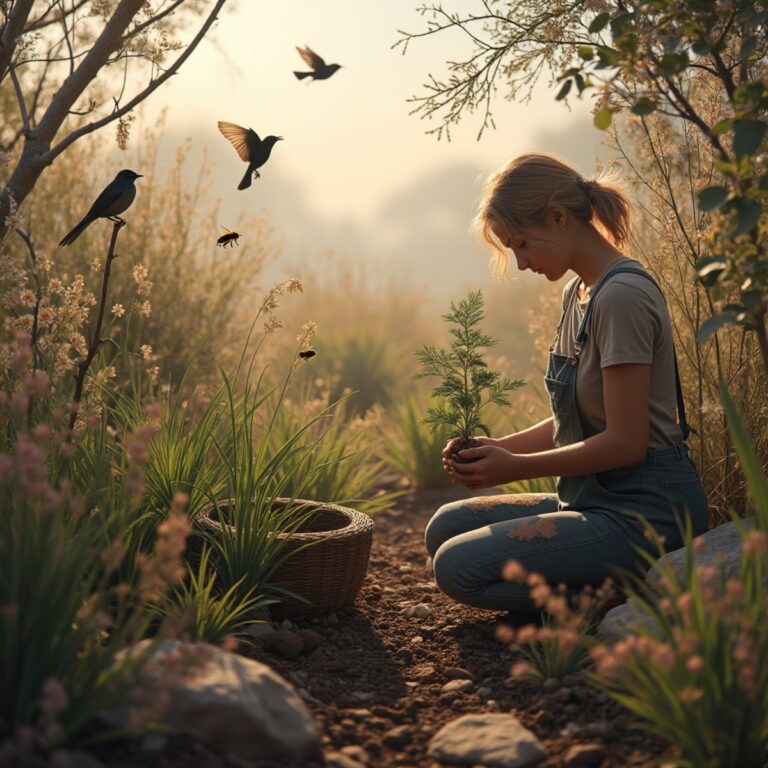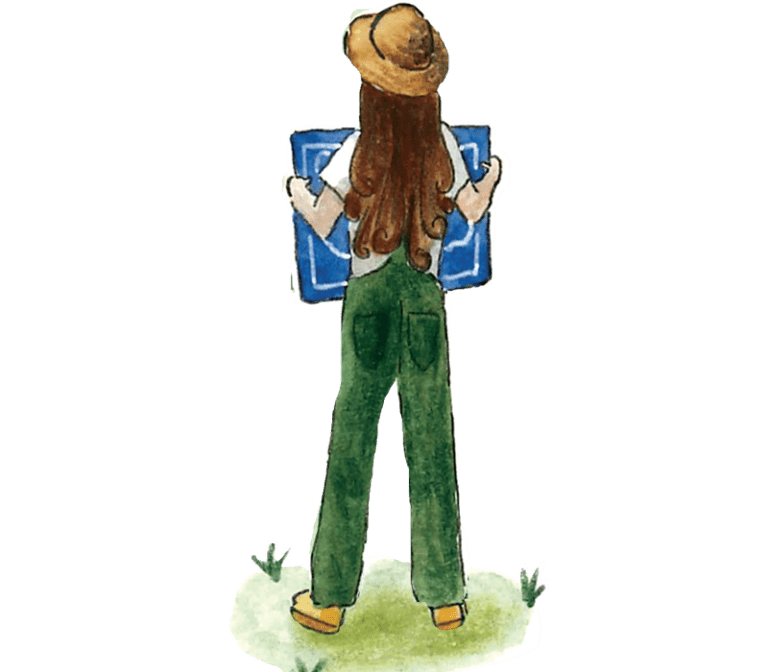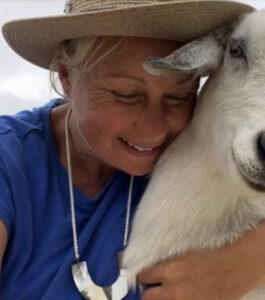Living in harmony with place
When we choose what to grow, we’re doing more than filling a garden bed—we’re shaping an ecosystem.
In the excitement of planning a new garden, it’s easy to focus on beauty, growth rates, or trending varieties. But when we pause and look deeper, another question begins to matter more:
🌏 Does this plant belong here?
🌱 Gardens can give back—or take too much
Invasive species often begin as innocent introductions: a lush groundcover, a fast-growing hedge, or a pretty flower. But many of these plants don’t stay where they’re planted. Their seeds travel with birds, animals, wind, or water. They outcompete local species, disrupt natural cycles, and diminish biodiversity.
This isn’t just a bushland issue. It happens on farms, in creeklines, and in suburban verges—and it begins in gardens just like ours.
🦋 Let’s shift from ornamental to intentional
The most meaningful Greensteads are grounded in relationship—to place, to Country, and to future generations. That means planting not only for visual appeal, but for resilience, responsibility, and regeneration.
💡 A few steps to plant mindfully:
- Check with your local council or Landcare group before planting unfamiliar species
- Look up local “Weed of National Significance” lists for your region
- Choose local native species whenever possible—these are adapted to your soil, rainfall, and pollinators
- Replace risky ornamentals with firewise, drought-tolerant, and biodiverse alternatives
🌿 Instead of planting agapanthus, try Dianella longifolia
🌿 Instead of ivy, consider native Hardenbergia violacea
🌿 Instead of lantana, plant Callistemon citrinus (bottlebrush) for colour and pollinators
🌾 The Greenstead way is slow, steady, and rooted in care
We don’t need to overhaul our gardens overnight. But we can start small—plant by plant, decision by decision—toward a space that’s truly in harmony with the land it sits on.
To garden with integrity is to garden with humility. To plant with purpose is to plant for tomorrow.




